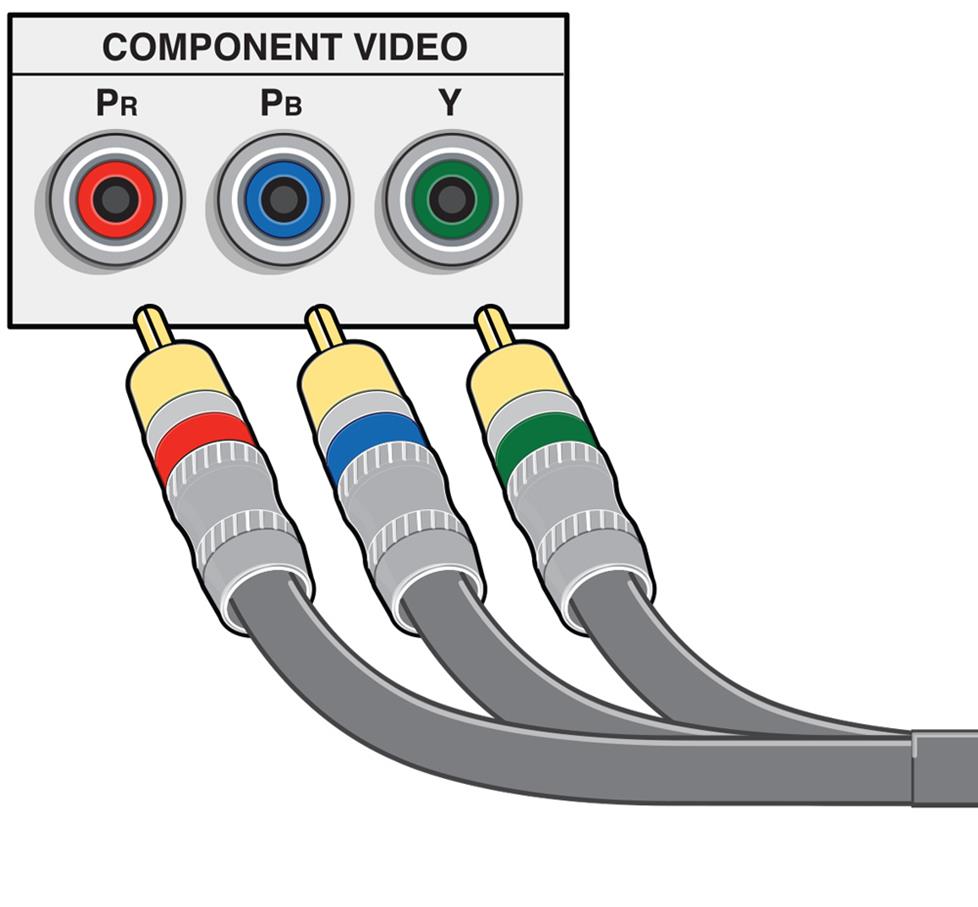Transforming Transmission through Innovative Sound via IP Technologies toward a Connected Tomorrow
Transforming Transmission through Innovative Sound via IP Technologies toward a Connected Tomorrow
Blog Article
This realm of media is undergoing a significant shift due to innovative sound via IP (AoIP) solutions. These advancements are changing the way audio programming is created, delivered, and consumed. Audio over IP refers to the approach of sending audio signals over a computer system, utilizing Internet Protocol (IP) rather than traditional analog methods. This transition not only enhances the quality of audio transmission but also provides media professionals with more freedom and control over their programming.
A single key benefit of audio over IP systems is its ability to connect multiple devices and systems efficiently. Classic broadcasting often relied on intricate wiring and physical links, which could be cumbersome and restrictive. With AoIP, broadcasters can readily connect mics, mixers, and other equipment through a common infrastructure. This integration allows for off-site broadcasting and live transmissions from virtually any place, making it simpler to reach listeners across the globe. As a result, broadcasters can react quickly to current issues and audience demands, leading to more vibrant and engaging programs.
Additionally, AoIP systems supports high-quality audio standards that enhance the listening experience. In contrast to conventional broadcasting techniques, which may compromise sound quality, audio over IP can maintain the integrity of the audio signal throughout the delivery procedure. This implies that listeners can enjoy clearer and more detailed sound, regardless of whether they are listening in via terrestrial radio, broadcasting over the internet, or using portable devices. The capability to provide premium audio is particularly important for music and discussion programs, where each nuance matters to the listeners.
Moreover, the commercial video production services implementation of audio over IP technologies can lead to cost savings for broadcasters. By leveraging existing infrastructure infrastructure, organizations can eliminate the need for expensive hardware and extensive cabling. This not only reduces upfront costs but also decreases operational costs over time. Media firms can distribute resources more efficiently, focusing on production and talent growth. As a consequence, the entire media industry can gain from enhanced creativity and inventiveness, as financial resources are reallocated toward enhancing programming and interacting with listeners.
In summary, the transition towards audio over IP technologies is transforming the broadcasting landscape. By allowing smooth links, improving audio standards, and lowering costs, AoIP is clearing the path to a better integrated future in broadcasting. As media organizations continue to adjust to these developments, they will be better equipped to satisfy the demands of their listeners, produce captivating programs, and stay competitive in an constantly changing industry. The prospects of broadcasting is promising, and audio over IP will play a key role in defining the manner in which we interact with audio programming in the future to follow.